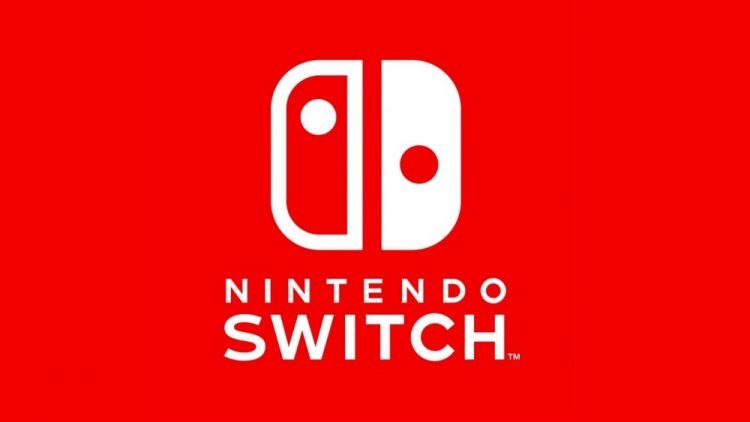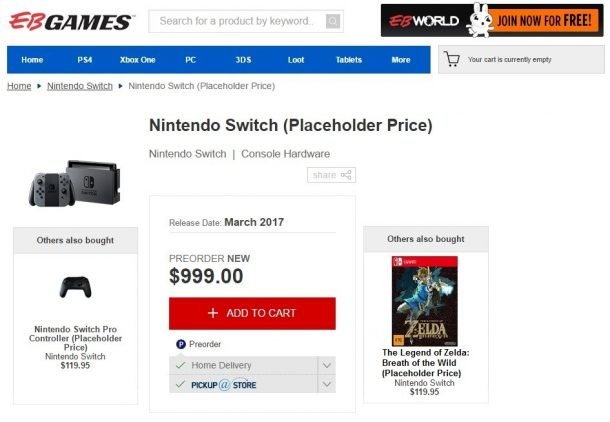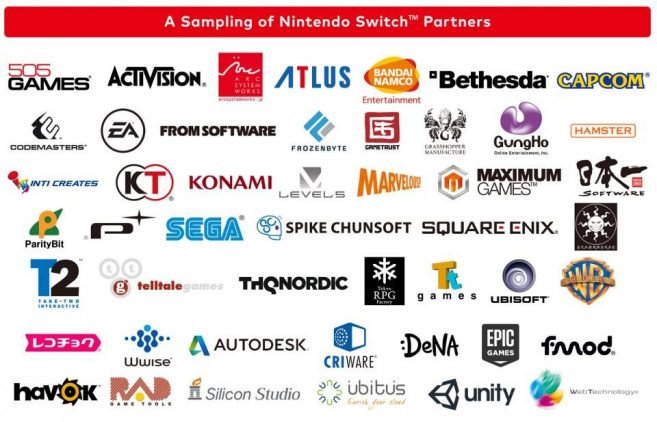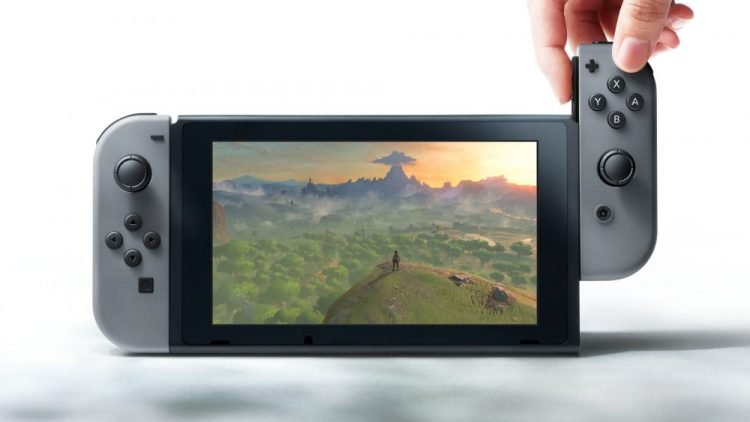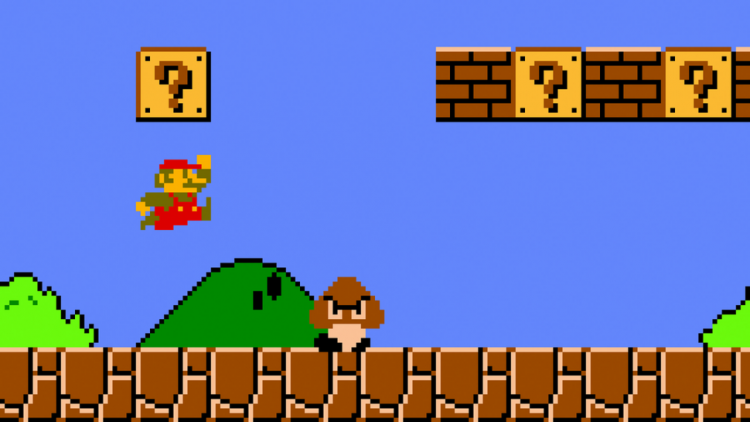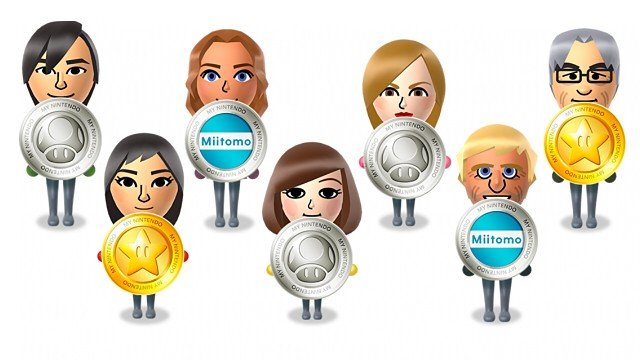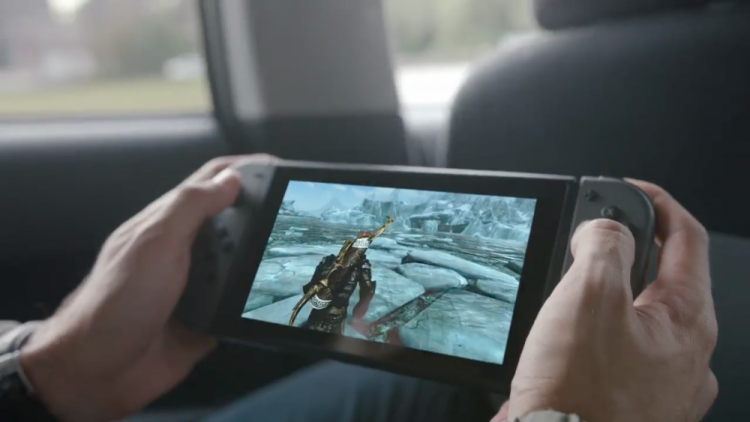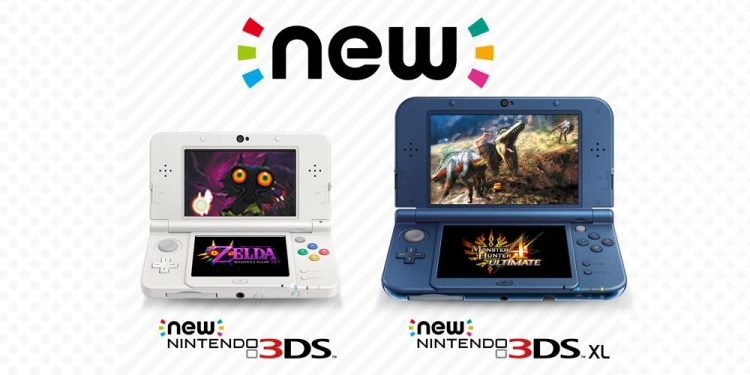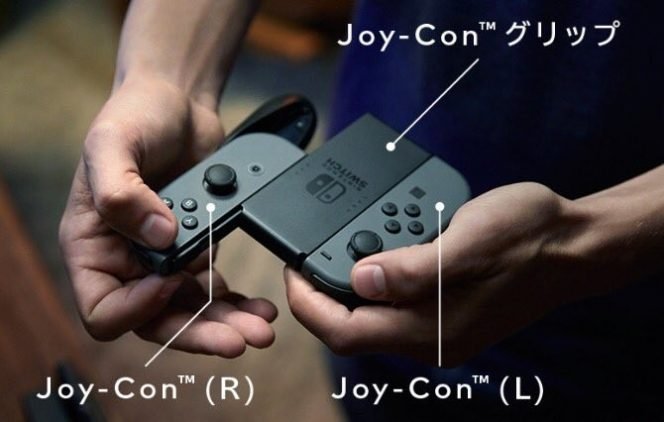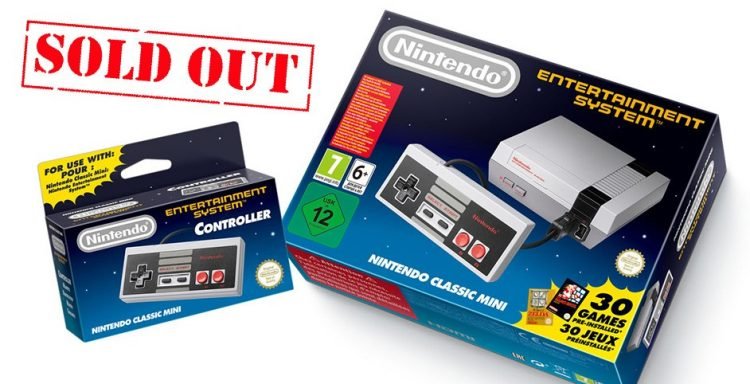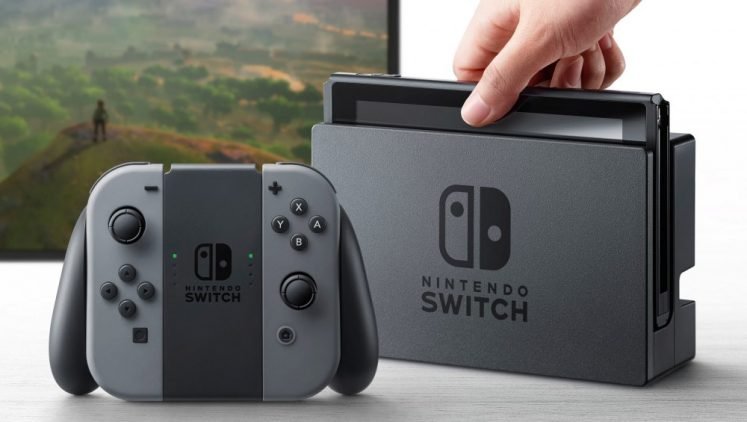Nintendo’s new console, The Nintendo Switch, is about to have it’s first big information dump on January 13th (If you ignore all the leaks that have hit the Internet in the last few days). Now I’m a Nintendo fan, I grew up on the NES & SNES before jumping off into the PlayStation camp when their console debut. But even then I still had the good old “Big Grey Brick” known as the GameBoy, then the Nintendo DS and the Nintendo 3DS till today, so I’ve always had some sort of Nintendo console in my home.
However, I was not a fan of the Wii or Wii U. I found them to be nothing more than a gimmick console with no real support to last a full console cycle; and it seems that a lot of third party developers agreed with me. The third party line up for the Wii was horrible, almost crippling the console. The Wii U wasn’t any better, but Nintendo had a good library of dedicated first party titles to draw from, and boy did they draw from it.
So how can Nintendo win some shelf space on my limited shelving space? Maybe if they did the following I might be willing to switch to the Nintendo Switch.
1 – Pricing
At the time of writing, there are only rumors of the pricing for the Nintendo Switch. Leaks put it at the USD$250 range, but that’s based on conversion from Japanese Yen, so it’s highly unlikely that the console price is going to be that cheap. A good price range is probably going to be USD$300-$350, making it a AUD$450 console for me. Given that I can currently get a PlayStation 4 Slim with 3 games for AUD$430 or an Xbox One S with a game & 4K UHD Movie for AUD$400, launching the Nintendo Switch at anything more than that with no games (And I’m not counting things like Nintendoland or Wii Sports as games, they are glorified tech demos) is going to make sure that the Nintendo Switch does not end up on my shelf.
2 – Software Line up
When the Nintendo Switch was announced, Nintendo displayed the graphic above showing how many third development partners they have on board to give the Nintendo Switch a try. However, the Wii had a very impressive third party partnership to begin with, then 99% of them dropped off early in the development cycle due to the console being too annoying to develop for, and also having to add in motion controls into EVERY game just drove everyone away from developing for it. Hopefully Nintendo has learned from the past and makes the motion controls an optional thing and gives them the freedom to develop the games the way the developers want to.
3 – Region Free Gaming
Also in relation to developers needing to make the games they want to in the way they want to, this brings me to Region Free Gaming. Nintendo is the last hold out in this front as Sony & Microsoft have had region free games as a part of their consoles since the PlayStation 3 & Xbox 360 (Xbox 360’s version of Region Free wasn’t as universal as the PlayStation 3, but it was still there). Nintendo could do a great thing for themselves by allowing consumers to buy games from Japan, Europe or where ever and play them on their local Switch console. Plus, like what happens with a few Japanese exclusive games (Cardfight Vanguard on the 3DS is Japan only for example) that people outside Japan would like to play would also be available. I know the drawback to this is that Nintendo will no longer be able to release something like the latest Monster Hunter in Japan for a year or more before an English release and be moved to a more global release schedule, but it would be better for gamers and Nintendo in the long run.
4 – Virtual Console 2.0
The current version of the Nintendo Store is a mess, and their Virtual Console offering are terrible at best. I understand that this is so they could do things like create and market the Mini NES Classic (and a rumored Mini SNES Classic is somewhere in the future) to great profit, but they need to just release everything that they can all at once. NES, SNES, n64, probably Gamecube too; just release it and let the people buy them. And don’t give me this bullshit about licenses and all that other legal crap, original NES games are getting old enough that they can legally enter the public domain now so those things mean nothing. Just give us the classics, as Nintendo has well seen, we’re willing to pay for those nostalgic days of gaming.
5 – One Account, one console
Nintendo did away with the Club Nintendo program a couple of years ago, replacing it with the My Nintendo program. The good thing about My Nintendo is that it’s meant to be linked to the Nintendo Account that you use for the Nintendo 3DS & Wii U. The hope here is that with those consoles being integrated with the My Nintendo account system is that we won’t have to rebuy Virtual Console games for a third or fourth time on a Nintendo console. It could also open the door for cross-platform play and purchases. We just hope that Nintendo is willing to adopt a one account approach that the other companies have used for years already.
6 – Battery Life
Nintendo plans for the Nintendo Switch to be a portable console, using the main game screen as exactly that, a screen for when you travel. The whole thing about “pick up and play anywhere” is a huge selling point for the console, but it brings up a big problem; the battery life. Most portable console have a battery life of about a day of solid play, if that. Now since the Nintendo Switch is meant to be a high level gaming console akin to the latest offerings from it’s competitors as well as being a portable system, this means that the battery life is going to be worse than the latest iPhone or run as hot as a Samsung Note 7. Neither is going to be a good look for the company that wants to control both the home and handheld console markets at the same time. Make the battery low heat and last longer than a few hours and then we might have something to play.
7 – Work with the 3DS, or kill the 3DS
Nintendo’s biggest rival for the Nintendo Switch isn’t the PlayStation 4 or Xbox One, it’s the Nintendo 3DS. As mentioned above, one of the biggest marketing points about the Nintendo Switch is that fact that it’s a “pick up and play” experience; something that Nintendo already does well with the Nintendo 3DS. So the issue here is what should be done about the Nintendo 3DS? It’s been a huge profit making machine for the company, holding the company afloat during some of their biggest downturns, but now it’s a top roadblock to the success of the Nintendo Switch as a portable system. Should Nintendo keep the 3DS, do they reduce the library while they produce more Switch titles? Or does the Switch suffer because the 3DS is seen as the better portable system? The other option is to stop production of the 3DS and 3DS Games in general and change focus to be 100% on the Switch, possibly alienating a huge part of their marketing base. Nintendo is in a tight bind here, either keep the 3DS around and find a way to get it to work with the Switch, or abandon it completely and hope people are willing to buy the Switch as a replacement for the 3DS.
8 – Ease of Accessability
If there is one thing that Nintendo games are known for it’s their ease of access. Sure there were times like with the Nintendo 64 where the controller was completely…. weird to the touch since people don’t have 3 hands. They got things right again with the Gamecube controller, then weird again with the Wii-mote, then uncomfortable again with the Wii U. I’m hoping that Nintendo are looking to simplify things with the single joystick thing and 4 buttons. I know that it doubles with the Joy-Con controller, but then it becomes a bit too much. Again, it’s a hope that developers aren’t split between the two set ups nor forced to use every single button on the Joy-Con set up. Keep it simple and players will be happy. This is a console, not a PC, we don’t need so many buttons in every game.
9 – Manufacture Enough to meet demand
If there is one HUGE mistake that Nintendo has made recently it’s underestimating demand of their products. First it was the Amiibo, next it was Pokemon GO & Pokemon Sun/Moon accessories, and more recently it was the Mini NES Classic Console. I can understand from a business standpoint that units sitting on the shelf are a cost that the company has to absorb; but not having enough units to cover demand, especially in the beginning, is something that is going to hurt consumers in the long run. I know many people who have given up on buying a Mini NES Classic in favor of buying a Raspberry Pi unit and making a RetroPie emulation unit instead. If Nintendo does like they have recently and under stock units for retailers or do the whole “release in waves” thing that they did with the Mini NES Classic, then people might not wait for the console and go back to playing what they already have instead.
10 – Listen to the fans, they want to help
These days, gaming companies seem to know more about what we want as consumers than we seem to. This is a crock of shit. The only person who knows what we want is us. So instead of pushing gimmicks and shovelware onto us and telling us that this is what we want to buy, listen to the wants and desires of the fans and try to be open to suggestion. Don’t leave things to modders and third party accessory makers to fill in the gaps that Nintendo doesn’t want to fill themselves. We don’t want another Wii U situation where we get this great idea of a console which only ends up gathering dust because Nintendo doesn’t want to do anything we think could be done with it, same thing with games. Modders have done more with the Wii-motes and Wii U controllers of the world than Nintendo ever could. Stop being stubborn Nintendo and listen since we’ll be the ones who decide your fate. Stop relying on Mario to save the console while giving us a new Zelda “eventually”. Work with Game Freak and give us a Pokemon MMO, give us another Metroid like the Prime trilogy, and if you want we wouldn’t mind another Mario Kart and Smash Bros. Work with your third party developers and don’t go down the timed exclusives route like Sony & Microsoft… And release Bayonetta 2 from your grip and allow other consoles access.
So there you have it. 10 things that I would hope Nintendo are willing to do with the Nintendo Switch when it launches in March. If Nintendo are willing to listen to even a handful of ideas that myself, other games journalists, and fans have asked them for, then maybe just maybe Nintendo will be able to claw back from being “that handheld company” to being one of the big three companies in gaming.
For more Nintendo Switch news, check out the Nintendo Youtube channel for your region on January 13th. (UK, USA, Japan & Australia)
If you want to hear more about the Nintendo Switch and other Nintendo related news and opinons, check out The Nintendo Entertainment Podcast here.


